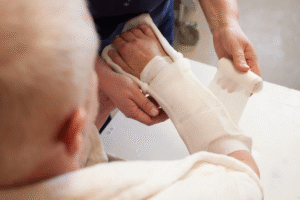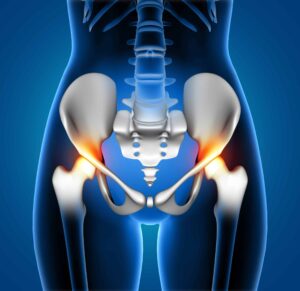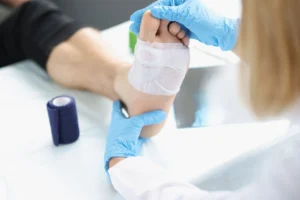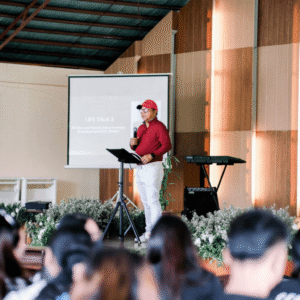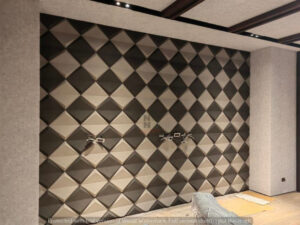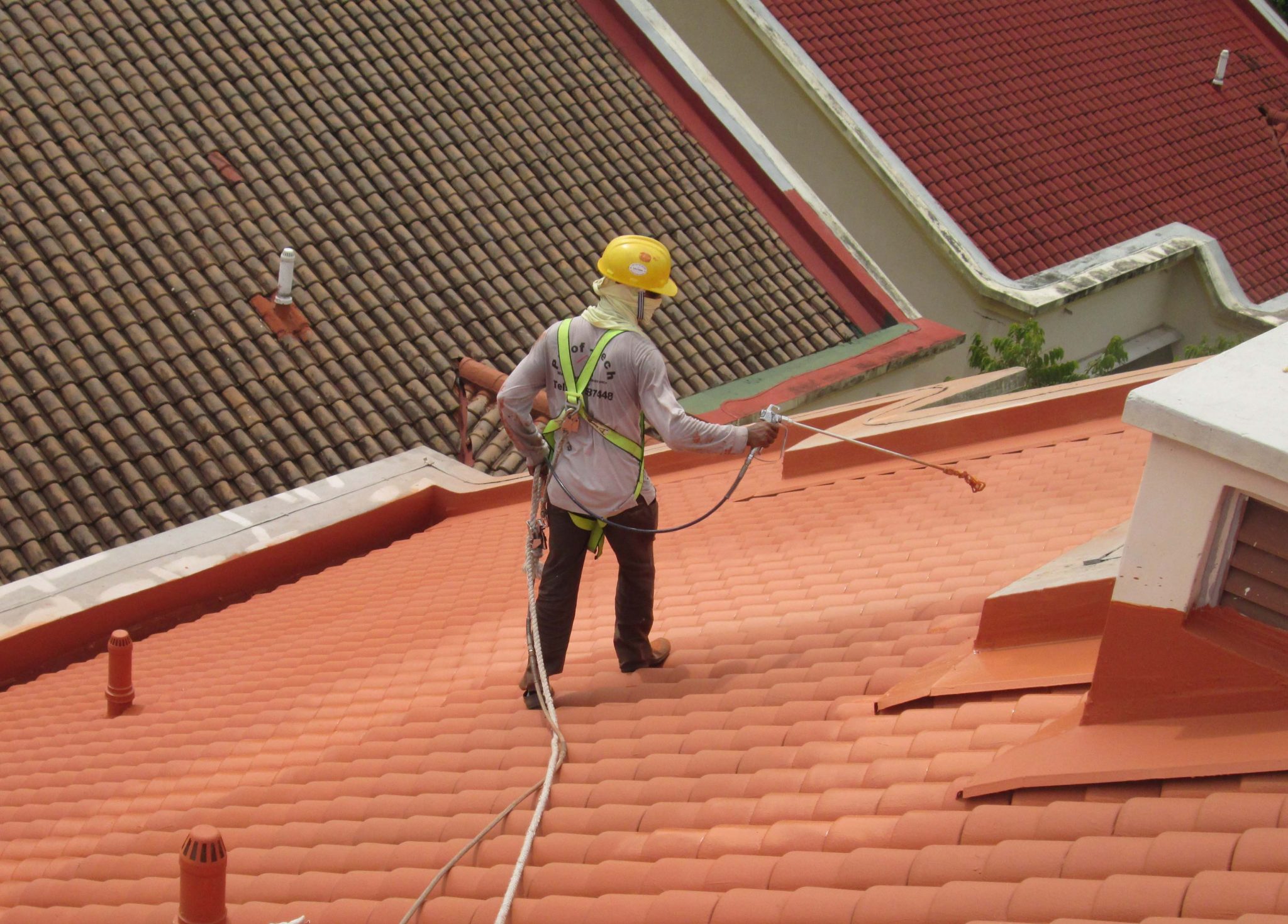Your roof, while often overlooked, plays a vital role in protecting your home from the elements. It shields you from rain, snow, wind, and harsh sunlight. However, despite its durability, your roof requires regular maintenance to remain in optimal condition. Neglecting this essential task can lead to costly repairs and potential structural damage to your home.
Understanding Roof Maintenance
Roof maintenance encompasses a range of tasks aimed at keeping your roof in top shape. From inspecting for damage to cleaning out gutters and making repairs, regular maintenance is crucial for preserving the integrity of your roof. Even though roofs are designed to withstand various weather conditions, they are not invincible. Over time, exposure to the elements can cause wear and tear, leading to issues such as leaks and deterioration.
Benefits of Roof Maintenance
Improve Longevity:
By investing in regular maintenance, you can significantly extend the lifespan of your roof. Addressing minor issues promptly prevents them from escalating into more significant problems that could compromise the structural integrity of your roof.
Cost Savings:
One of the most significant advantages of roof maintenance is the potential cost savings it offers. While scheduling regular inspections and addressing minor repairs may seem like an added expense, it pales in comparison to the cost of major repairs or premature roof replacement. By taking preventive measures, you can avoid costly surprises down the line.
Energy Efficiency:
A well-maintained roof contributes to the overall energy efficiency of your home. Proper insulation and ventilation help regulate indoor temperatures, reducing the need for heating and cooling. This not only lowers your energy bills but also reduces your carbon footprint.
Key Components of Roof Maintenance
Inspections:
Regular inspections are the cornerstone of effective roof maintenance. Ideally, you should inspect your roof at least twice a year, in the spring and fall, as well as after severe weather events. Look for signs of damage such as missing or damaged shingles, cracked flashing, or clogged gutters.
Cleaning:
Keeping your roof clean is essential for preventing debris buildup and mold growth. Remove leaves, branches, and other debris from your roof and gutters regularly to ensure proper drainage and ventilation.
Repairs:
Addressing minor issues promptly is key to preventing them from worsening over time. Whether it’s fixing a small leak or replacing damaged shingles, timely repairs can save you from more extensive and costly repairs down the road.
DIY vs. Professional Maintenance
While some homeowners may prefer to tackle roof maintenance themselves, others may opt to hire professionals for the job. While DIY maintenance can save you money, it’s essential to weigh the risks and benefits. Professionals bring expertise and specialized equipment to the table, ensuring thorough and effective maintenance.
However, if you decide to take on roof maintenance yourself, here are a few tips to keep in mind:
- Use proper safety equipment, including harnesses and ladders.
- Follow manufacturer guidelines for cleaning and maintenance.
- Know when to call in a professional for complex repairs or inspections.
Takeaway
Your roof is a critical component of your home’s structure, and regular maintenance is essential for preserving its integrity. By investing in preventive measures such as inspections, cleaning, and repairs, you can prolong the lifespan of your roof, save money on repairs, and improve the energy efficiency of your home. Don’t wait for problems like roof leakage to arise—take proactive steps to maintain your roof and protect your investment.



